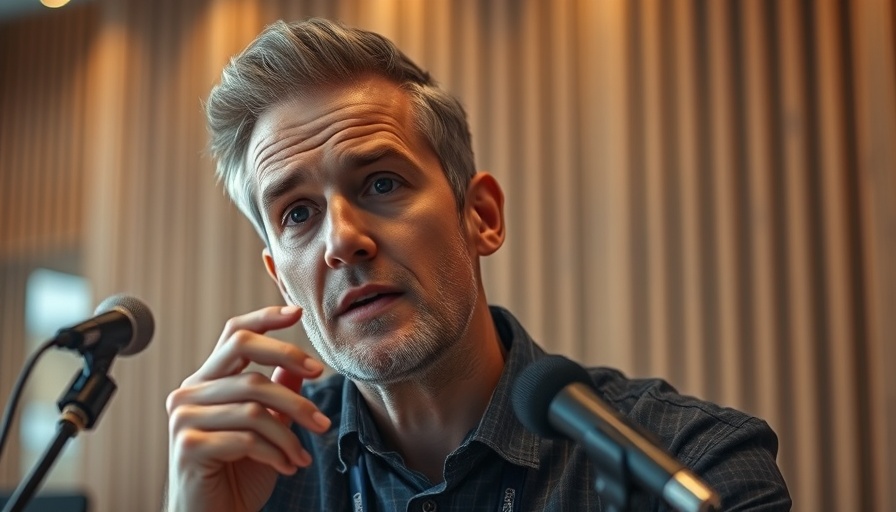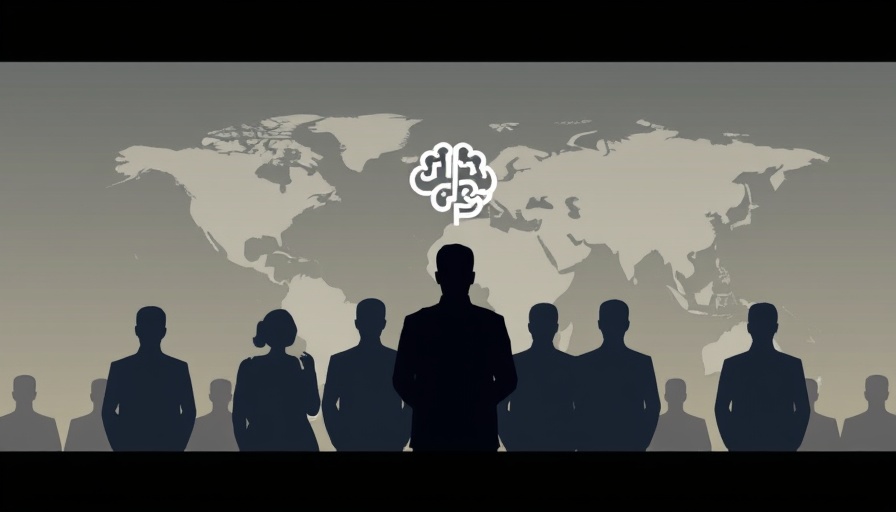
AI's Disruption: How Entry-Level Careers Might Transform
The rise of artificial intelligence (AI) is prompting profound shifts in the job market, leaving many recent graduates questioning their paths. During a recent podcast, OpenAI CEO Sam Altman asserted that AI systems can now perform complex tasks traditionally reserved for highly educated professionals, including those with PhDs. This revelation not only highlights the rapid advancement of AI but also raises critical concerns for new graduates entering the workforce.
The New Challenge for Graduates: AI vs. Humanity
Altman emphasized that AI has advanced to a point where it competes with top experts in various fields. This isn't merely about automating routine jobs anymore; AI systems can tackle exceptionally challenging mathematical problems and even code sophisticated programs. For graduates, this reality can feel daunting. If AI can perform at such high levels, what remains for human applicants, particularly for entry-level positions typically occupied by newcomers to the job market?
The Changing Landscape of Employment
According to data from the Federal Reserve Bank of St. Louis, the unemployment rate for bachelor’s degree holders has significantly increased recently, pointing to a tough job market. With a spike from 4.4% to 6.1% in May alone, the situation looks even bleaker for certain sectors heavily impacted by AI, such as design and computer engineering, where rates rise above 7%. The tech industry has faced considerable volatility in recent years, with nearly 600,000 positions evaporating between 2022 and 2024. Art Zeile, CEO of Dice, noted the challenging climate for new graduates and emphasized the need for resilience and adaptability.
The Silver Lining: Adaptation and New Opportunities
While the landscape appears daunting, experts also suggest that growth is on the horizon. Tiffany Hsieh, Director of the Center for Artificial Intelligence and the Future of Work, believes that graduates must pivot their skills towards emerging fields. Industries will evolve, leading to new job roles that could offer exciting opportunities. It’s incumbent upon young professionals to embrace lifelong learning and skills diversification to remain competitive.
Practical Tips for Navigating the Job Market
With uncertainty in the air, what strategies can young graduates adopt? Here are a few actionable insights:
- Upskill Relentlessly: Continuously seek to enhance your skills in areas less likely to be automated by AI.
- Network Proactively: Build connections in your field; many roles are filled through word of mouth.
- Stay Informed: Keep abreast of technological advancements and the evolving job market to glean insights on future opportunities.
What the Future Holds for Graduates
As AI technology progresses, the landscape of entry-level jobs will undoubtedly shift. While some roles may become obsolete, others will emerge that require uniquely human skills, such as creativity, emotional intelligence, and critical thinking. It is essential for graduates to recognize the potential of AI as a tool rather than a rival. By leveraging emerging technologies, young professionals can find ways to collaborate with AI instead of competing against it.
Looking Ahead: Adaptation Is Key
The uncertainties posed by AI demand a reevaluation of how we prepare today’s workforce for tomorrow’s challenges. Graduates should approach their futures with a mindset of flexibility and learning. With the right strategies in place, they can thrive amid technological change, turning challenges into opportunities as they carve out their paths in an increasingly automated world.
As we look to the future, staying adaptable and continuously learning will be crucial for navigating the complexities of the modern job market, ensuring that while AI may transform the landscape, it does not diminish the potential for human innovation and success.
 Add Row
Add Row  Add
Add 




Write A Comment